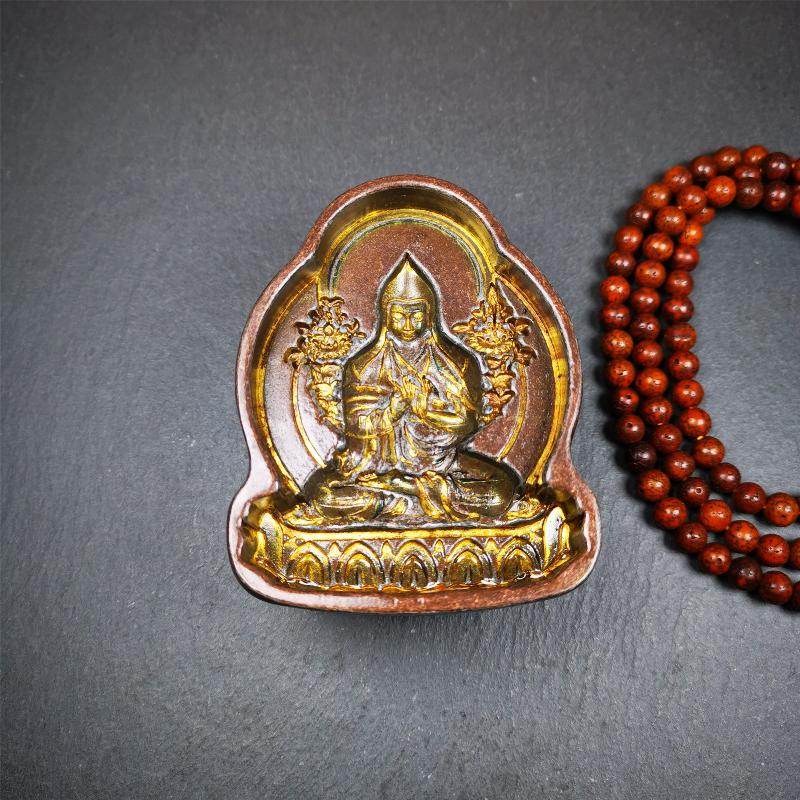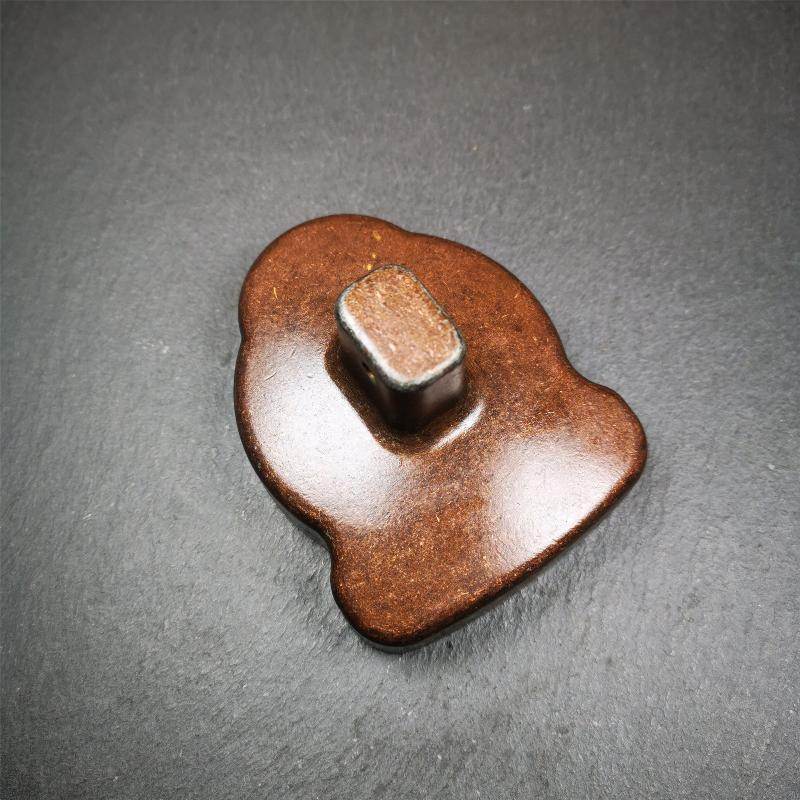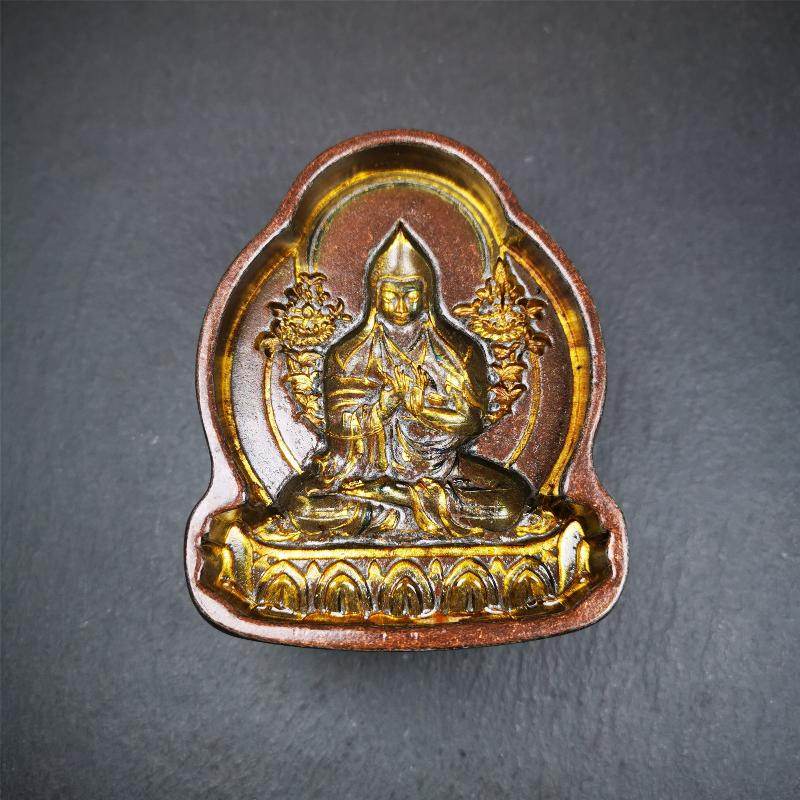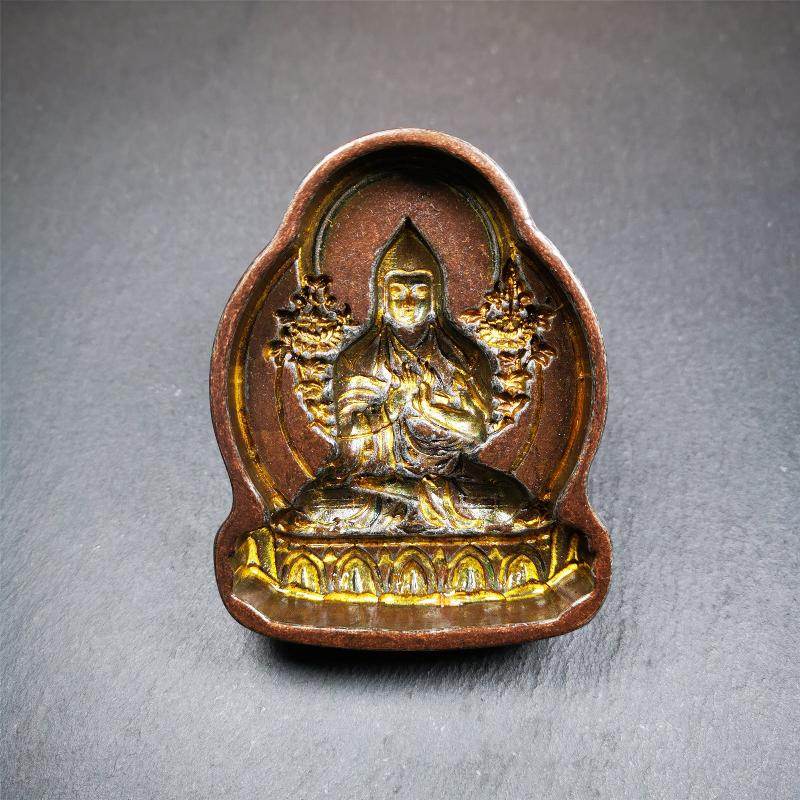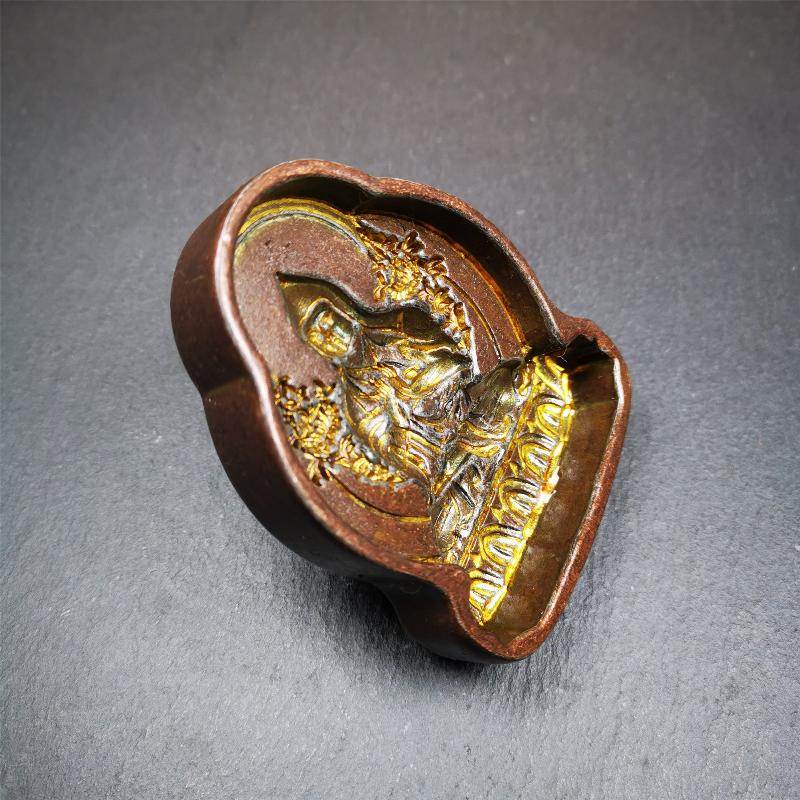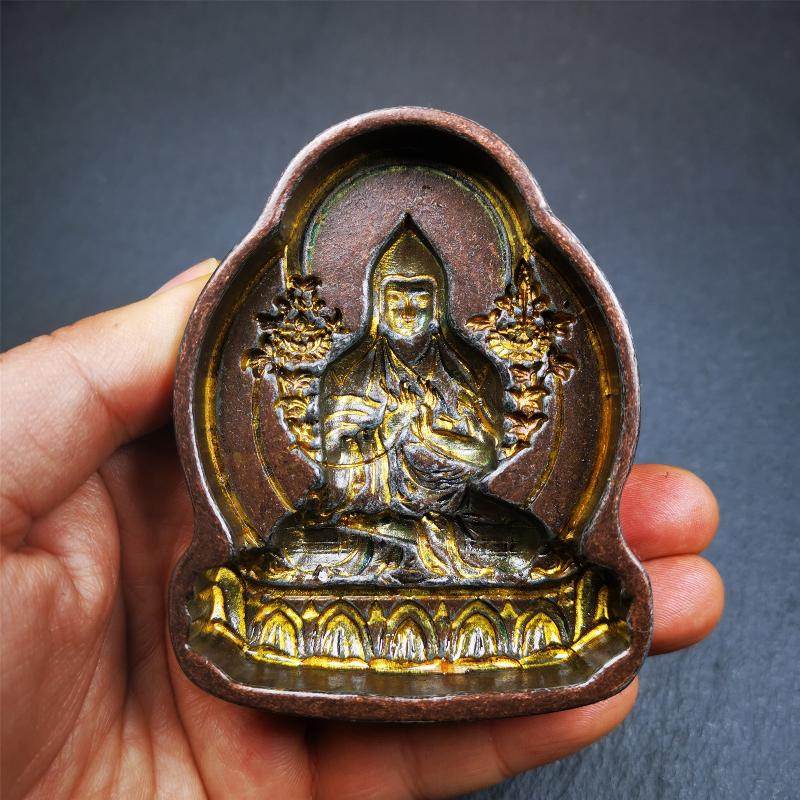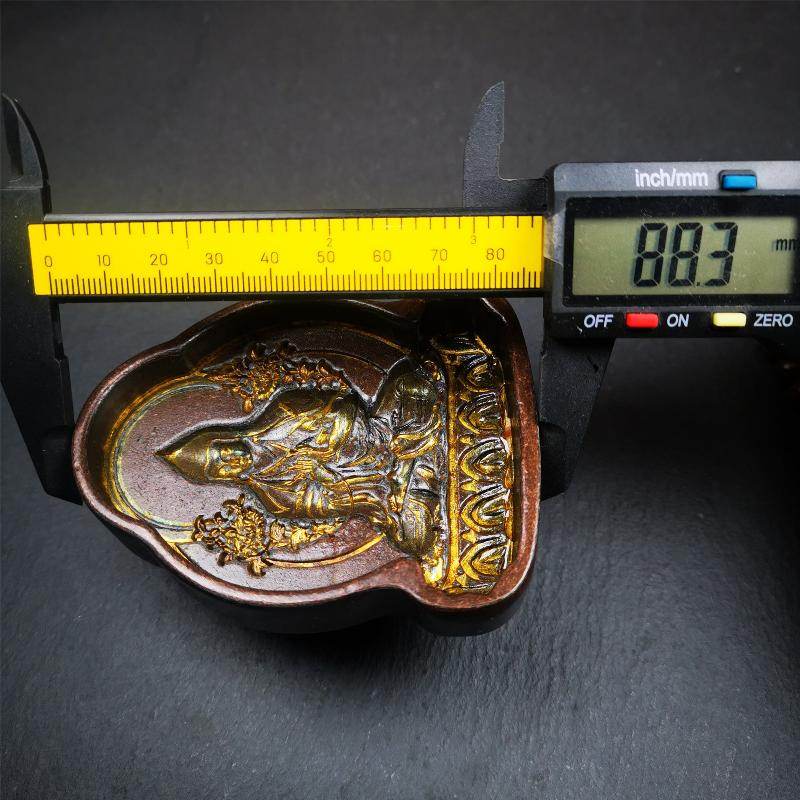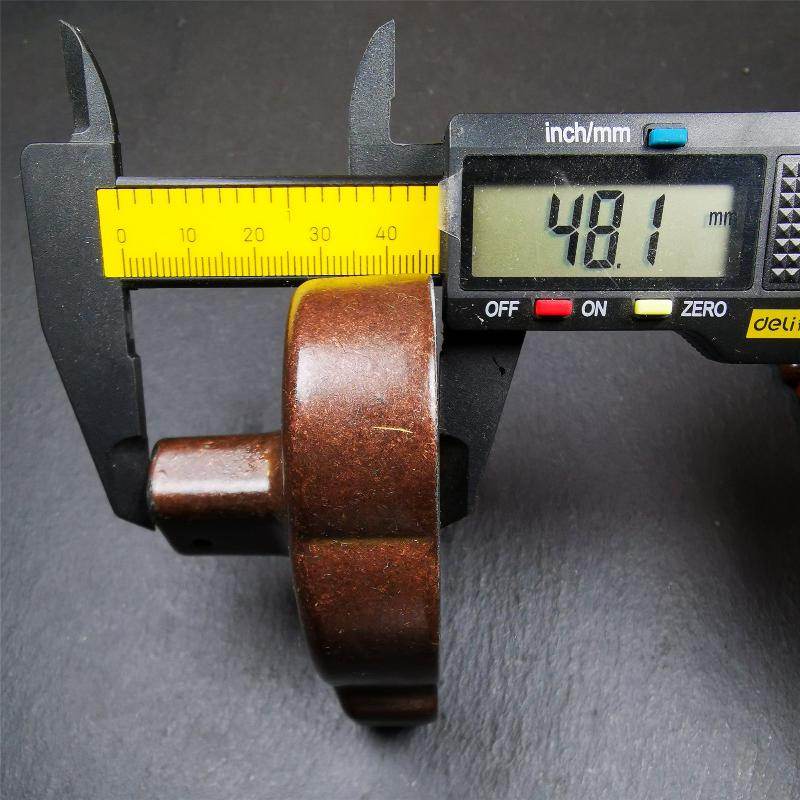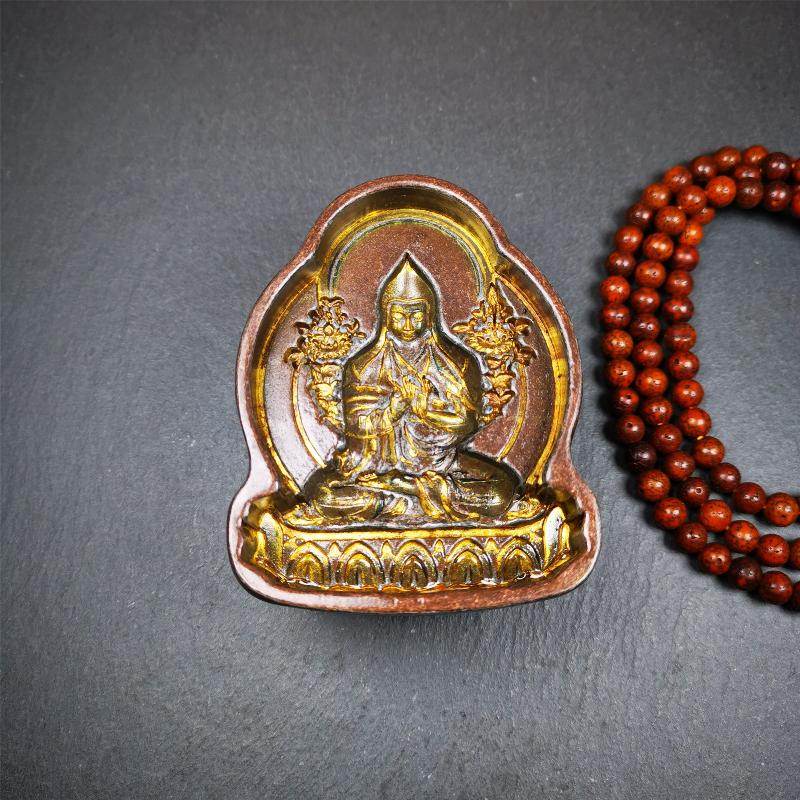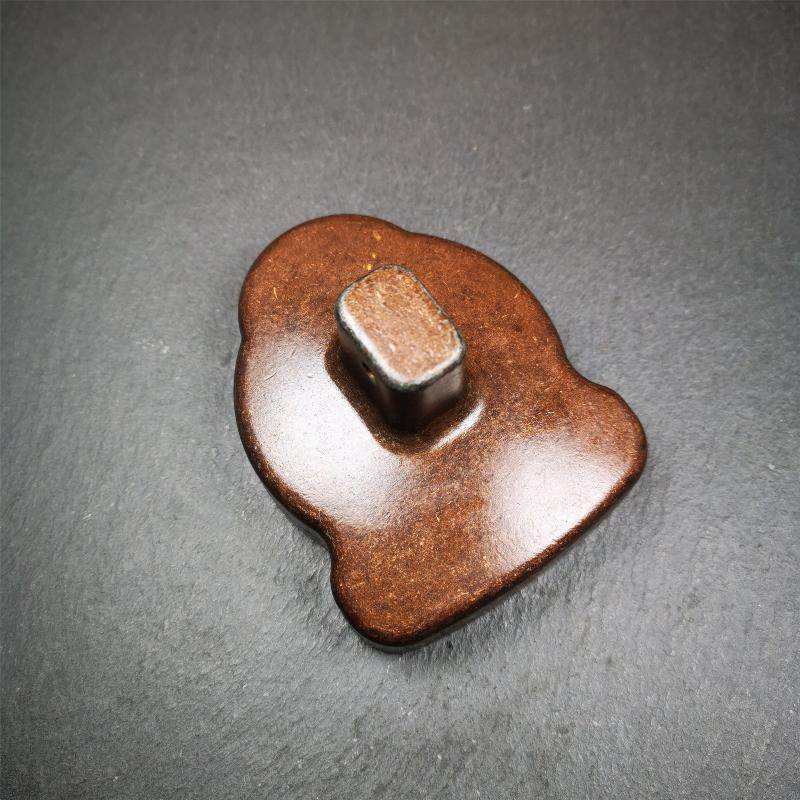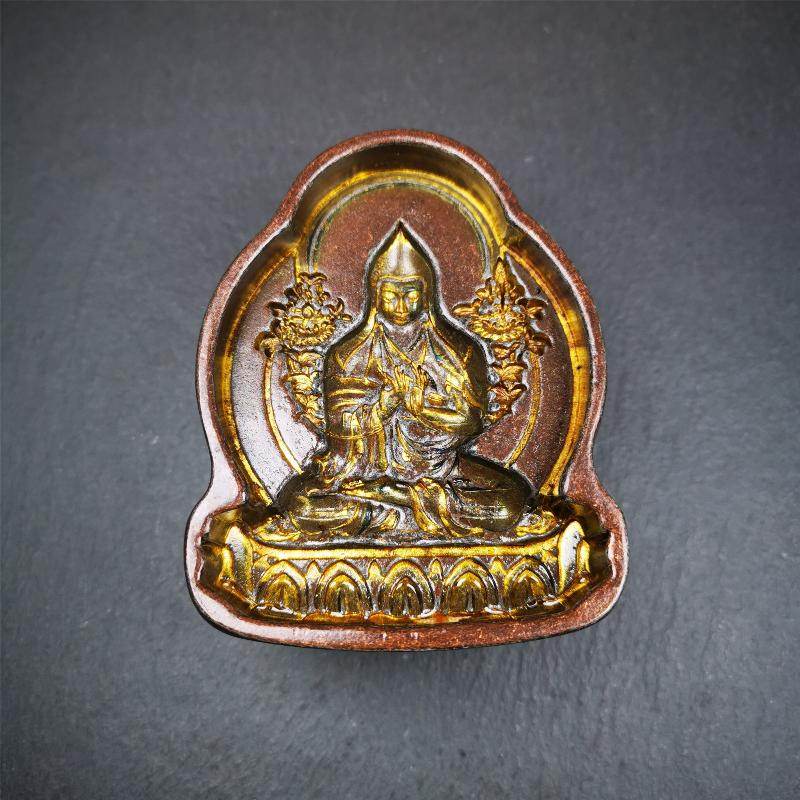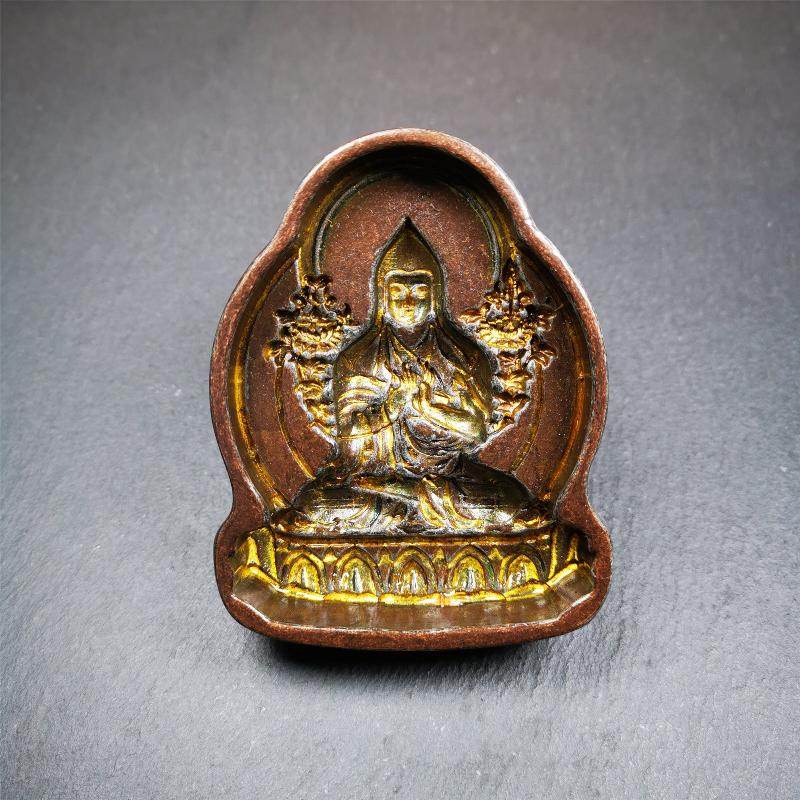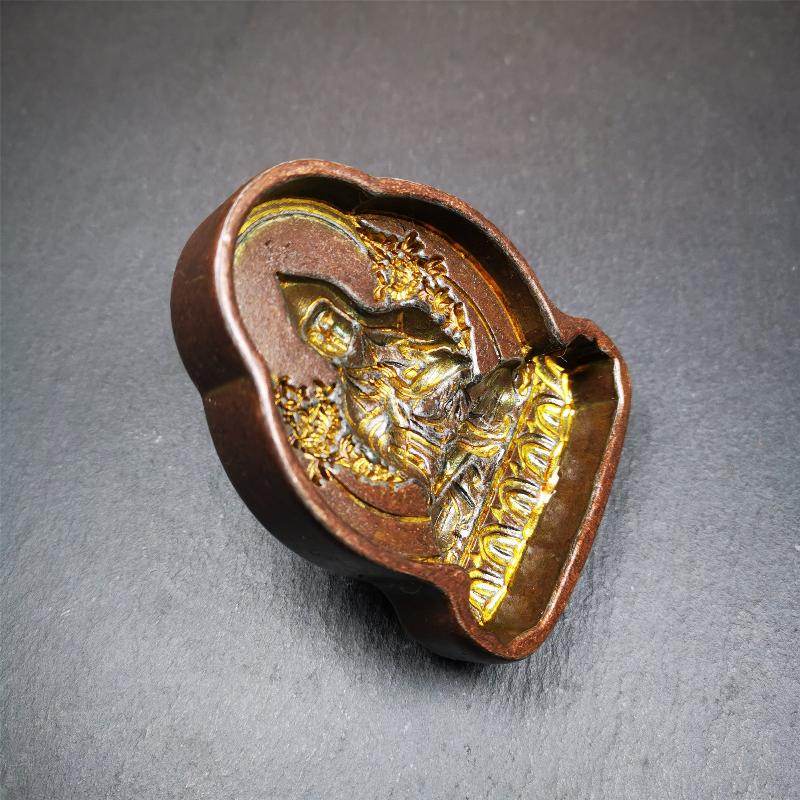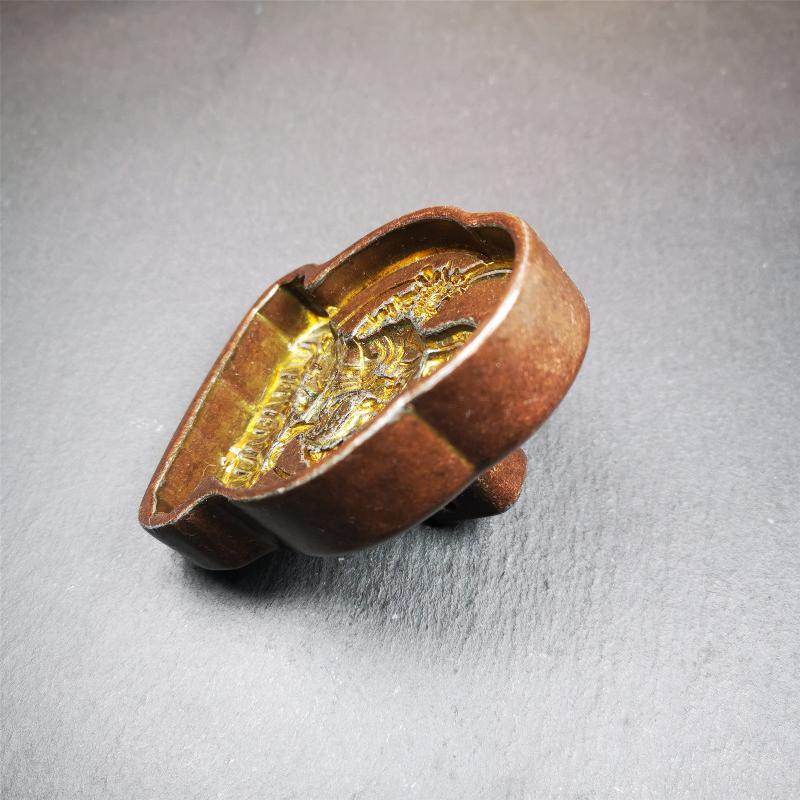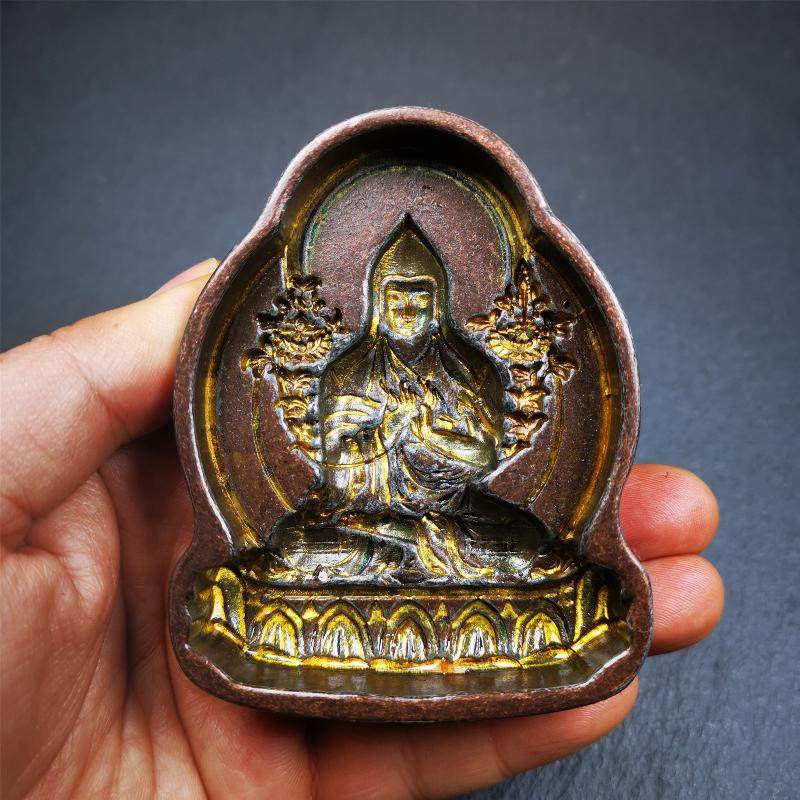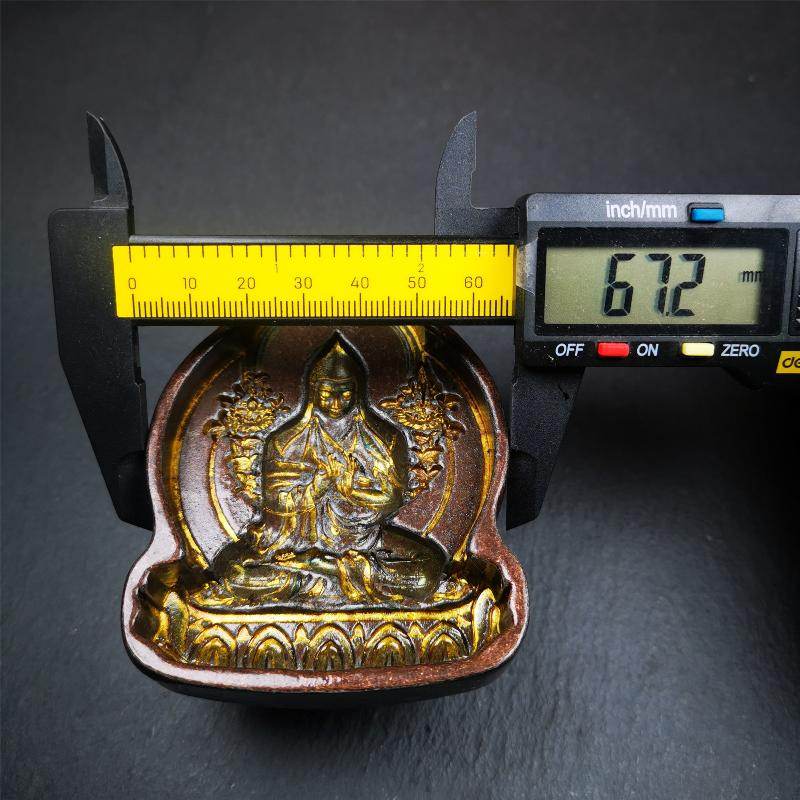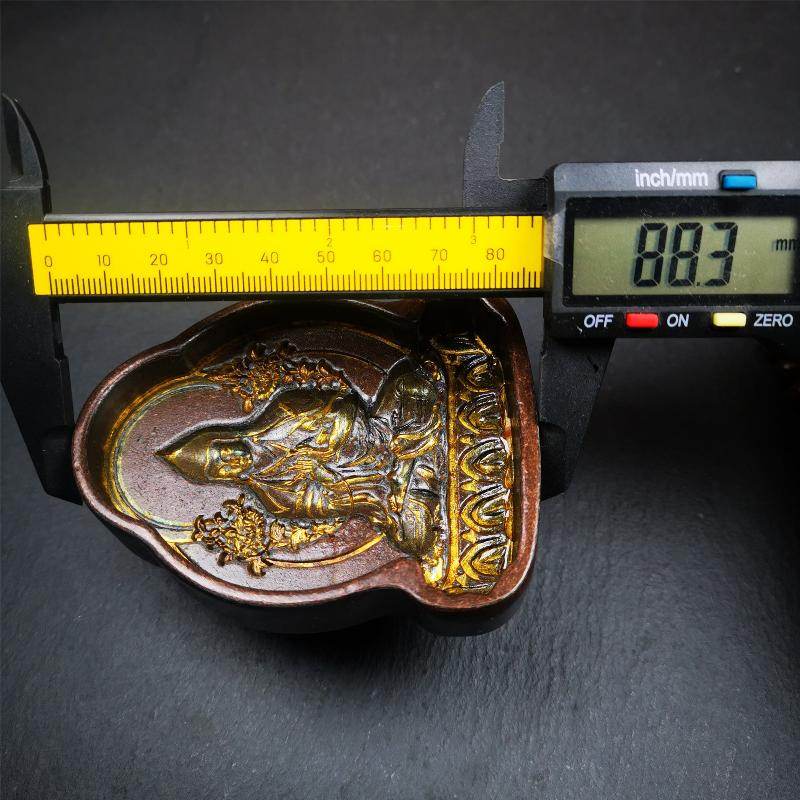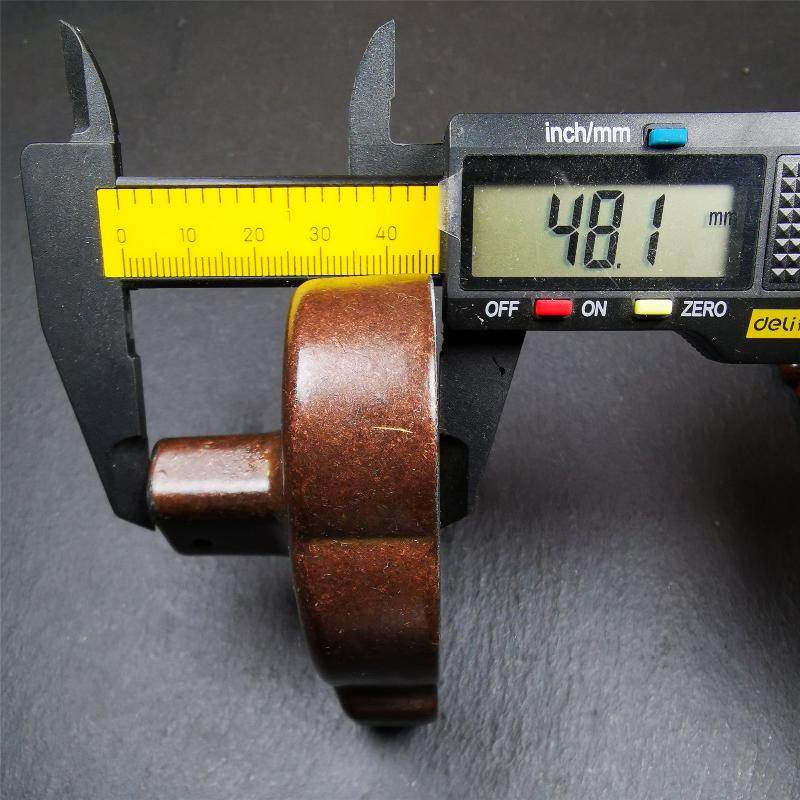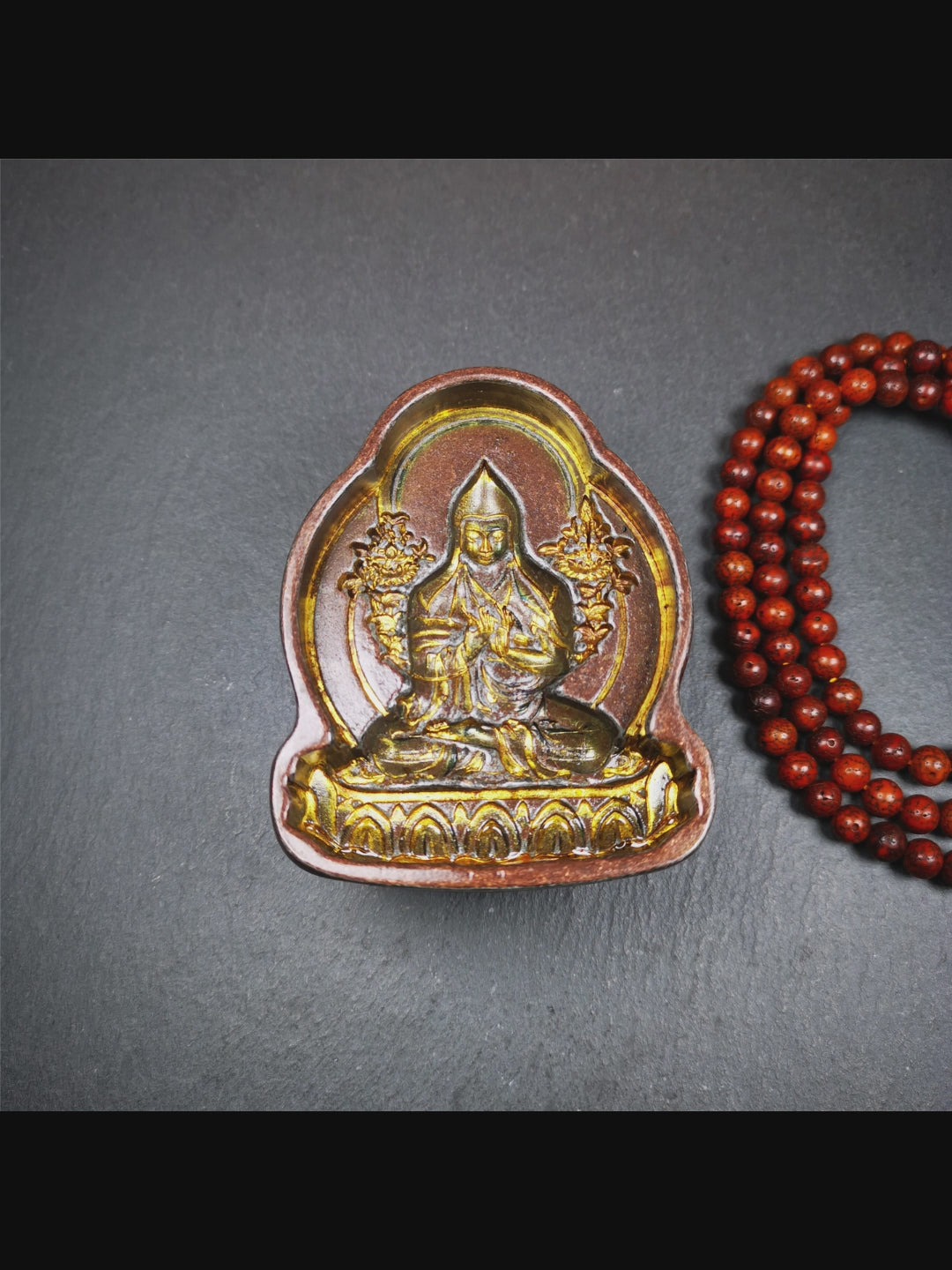Je Tsongkhapa Tsa Tsa Mold
Je Tsongkhapa Tsa Tsa Mold
Couldn't load pickup availability
❤This unique Je Tsongkhapa Tsa-Tsa buddha statue mold is made by Tibetan craftsmen in Hepo Township, Baiyu County.
❤ With this exquisite mold, you can use clay to make your own Buddha statue as a decoration or consecration.
The statue that you make from your moulds can be left plain or painted.
You can learn how to make your statue with this video
❤ SPECIFICATIONS
Material: copper
Craft: Manual mold, pouring
Color:brown
Size:
Height:about 88mm / 3.5 inches
Width :about 67mm / 2.6 inches
Thickness:about 48mm / 1.89 inches
❤HOW TO USE
1. Oil the mold to prevent the clay from sticking
2. Place the mold on the prepared clay
3. Press or hammer the mold hard to shape the clay and take out the blank
4. Dry the blank naturally, let it dry completely
5. (Optional) Bake it in the oven to enhance its hardness, just like pottery
6. (Optional) You can even paint it yourself.
❤You'll get 1pc Buddha statue mold as pictures shown.
❤ABOUT TSA TSA
Tsa Tsa (Tibetan: ཚ་ཚ་, Willy: tsha tsha; Sanskrit: satchāya; Pali: sacchāya or sacchāha), a small mold-releasing clay sculpture in Tibetan Buddhism.
Tsa Tsa originated from India and was introduced to Tibet in the seventh century. It is extruded through a metal mold, and the cement is mixed with wheat grains, treasure powder, spices or the ashes of the monk. The patterns on it were mainly in Indian style in the early days, such as the Sky Tower, Gate Tower, Bodhi Pagoda, and the mantras of the Prajna Paramita Heart Sutra. Later, Tibet began to make its own molds, and the patterns of gods and Buddha images and the six-character mantra began to replace the earlier Indian style.
Tsa Tsa is generally placed in the pagoda as a stupa, or placed in a special "Tsa Tsa kang", or enshrined in temple halls, mani piles, monks' cultivation caves and other places.
❤ABOUT TSONGKHAPA
Tsongkhapa ("The man from Tsongkha", 1357–1419), usually taken to mean "the Man from Onion Valley", born in Amdo, was a famous teacher of Tibetan Buddhism whose activities led to the formation of the Gelug school of Tibetan Buddhism. He is also known by his ordained name Losang Drakpa (Wylie: blo bzang grags pa) or simply as "Je Rinpoche" (Wylie: rje rin po che). Also, he is known by Chinese as Zongkapa Lobsang Zhaba,He was the son of a Tibetan Longben Tribal leader who also once served as an official of the Yuan Dynasty of China.
In his two main treatises, the Lamrim Chenmo (Wylie: lam rim chen mo) and Ngakrim Chenmo (Wylie: sngags rim chen mo), Tsongkhapa meticulously sets forth this graduated way and how one establishes oneself in the paths of sutra and tantra.
Tsongkhapa was one of the foremost authorities of Tibetan Buddhism at the time. He composed a devotional prayer called the Migtsema Prayer to his Sakya master Rendawa, which was offered back to Tsongkhapa, with the note of his master saying that these verses were more applicable to Tsongkhapa than to himself.
